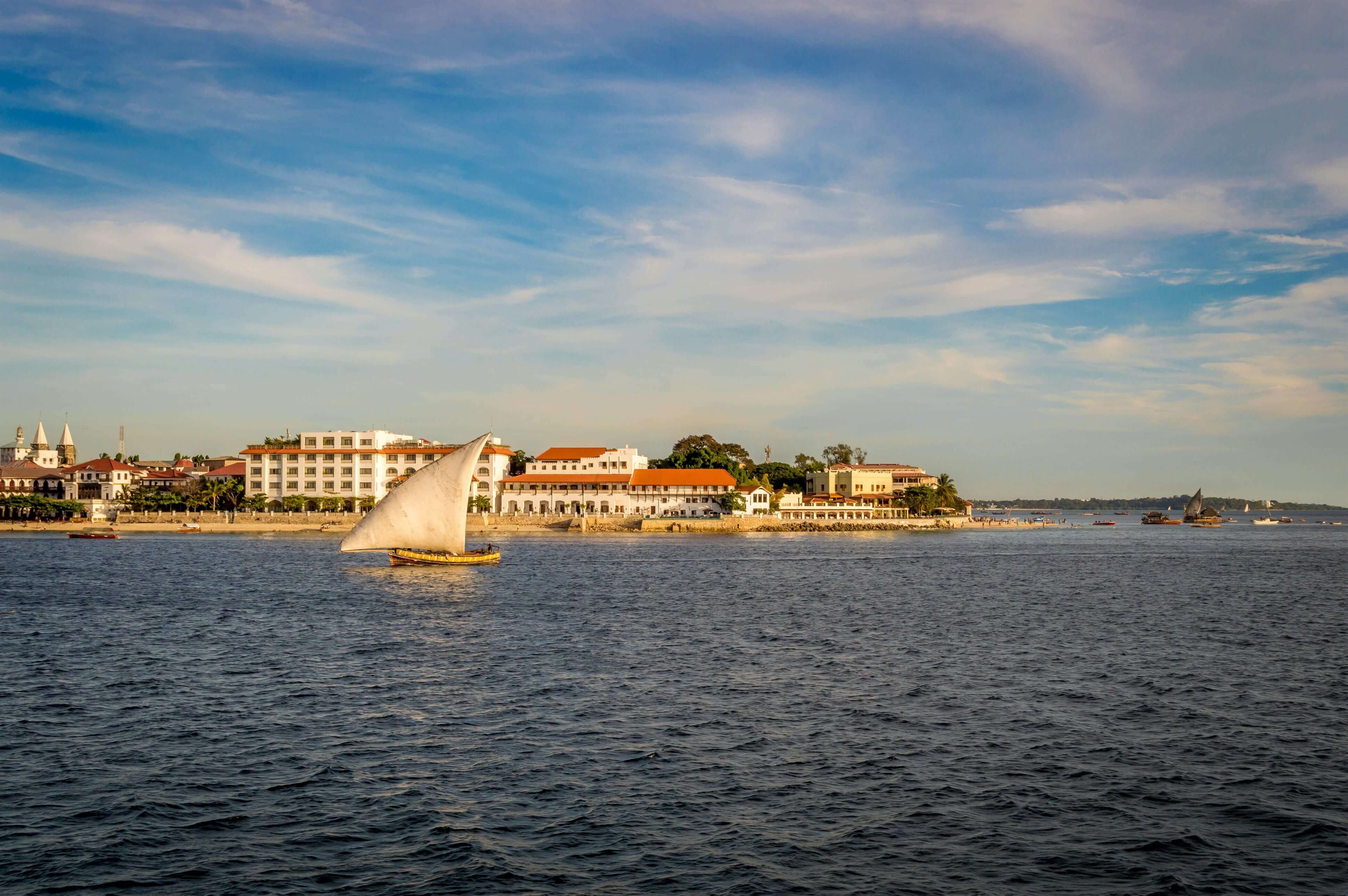
Zanzibar
White sandy beaches dotted with mangrove and palm trees, lush green forests, friendly locals, all surrounded by clear azure water… Zanzibar island, located off the 3500-kilometer Swahili coast of Africa, amidst the turquoise blue waters of the Indian Ocean, is one of the most desired coastal destinations in Africa with all its beauty.
Adorning the warm soil of Africa with its postcard-like beaches, Zanzibar is also rich in culture and history. The island, which was first discovered by Iranian immigrants, takes its name from the Persian "zengi bar", which means "coast of blacks". These lands, where the Portuguese, Omanis and British ruled for years and Arab & Persian societies left deep traces, was an important center on ancient trade routes for slaves, spices, ivory and many more throughout centuries.
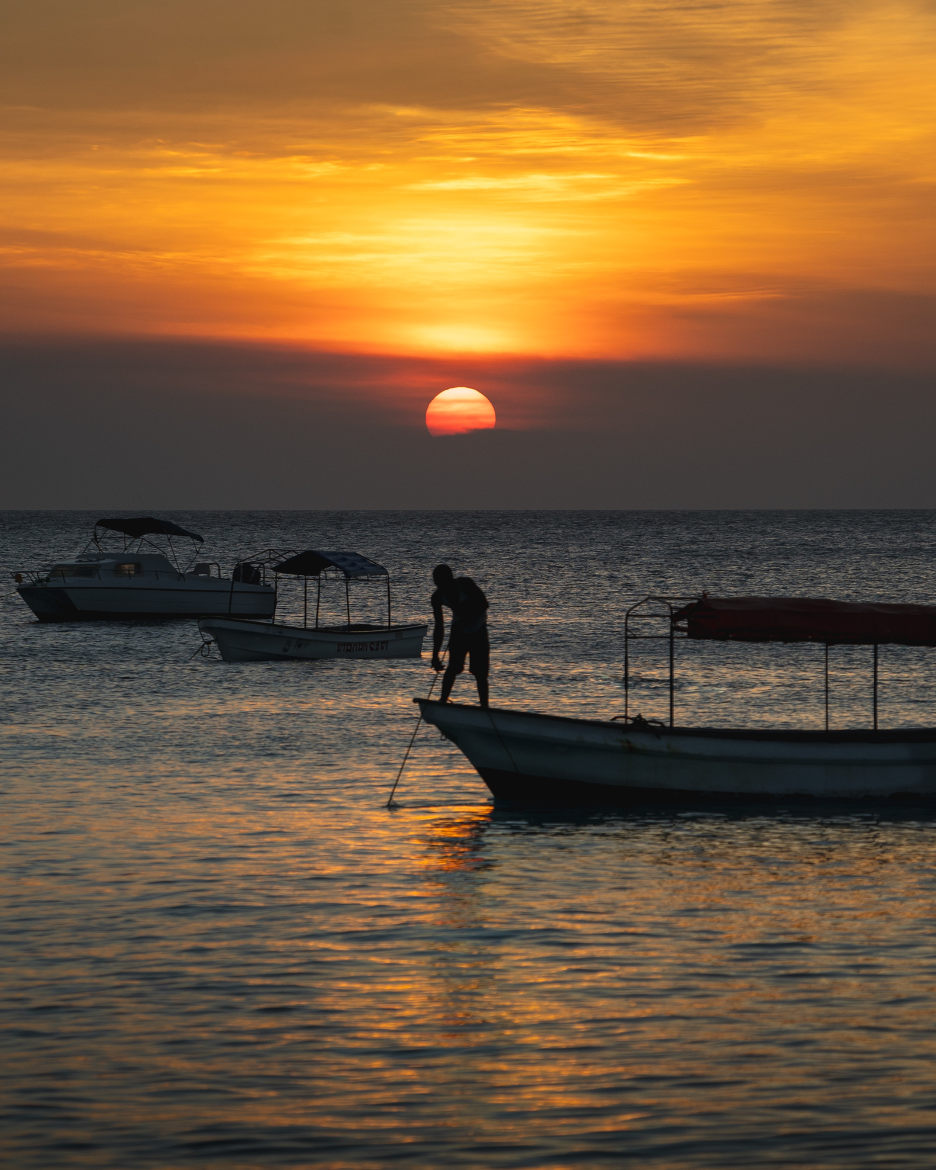
With its strategic location, Zanzibar has attracted people from many different cultures and all civilizations that set foot on the island have brought a cultural richness as well as new trading opportunities. The island, even though it has a dark past as it was the center of slave trade for many years; elegantly blends the traces of all these cultures with its ancient structures that adorn European architecture with Indian, Arab and African decors, the deep-rooted Swahili language and the Indian & Arabic dishes.
Exploring the narrow streets of Stone Town, surrounded by colonial buildings, is a must when visiting Zanzibar. Once the capital of the spice and slave trade, Stone Town has been under the rule of many cultures, from the Portuguese Empire to the Sultanate of Oman, the British Empire, and eventually independence. That's exactly why Stone Town is unlike anywhere you've seen before; while coming across the Arab & Persian influence in one corner, you’re surrounded by Portuguese & England architecture at another and afterwards, you might find yourself in India.
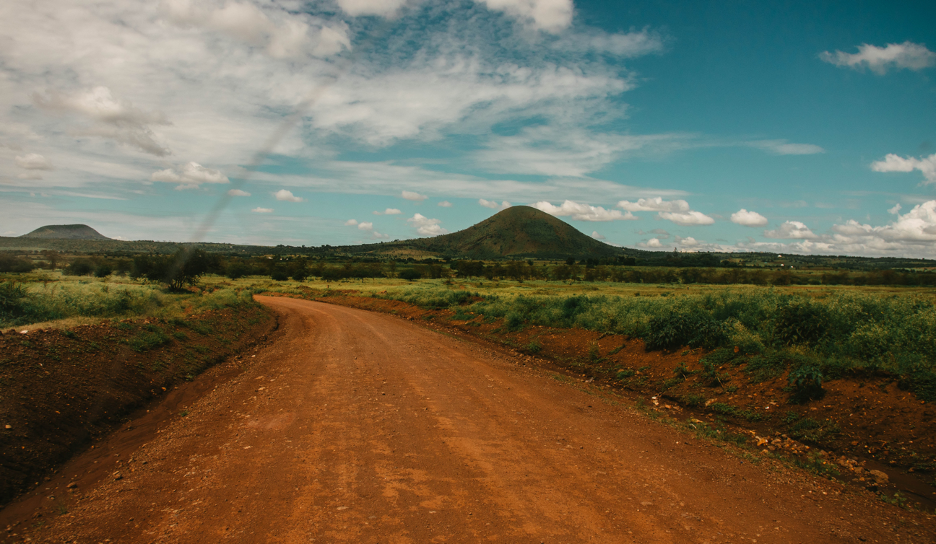
While bringing all these different textures together, what stands out the most about Zanzibar are the carved wooden doors. These doors, many of which are more than a century old, were built using mango wood and often decorated with Swahili-style carvings and Arabic inscriptions, as well as brass nails taken from the Indian fort used to prevent war elephants from getting through.
Zanzibar is also known as "Spice Island" because it contains many spices, especially cinnamon, black pepper, nutmeg and cloves. The land of the island was used for the cultivation of spices in the 18th century, and thanks to these efforts, fresh spices are obtained from spice farms all over the island and exported to all around the world. Visiting local spice farms is one of the most delightful activities to do in Zanzibar. It is an unforgettable adventure to learn about the their journey from seed to leaf, to see their unprocessed form and to experience the scent of various spices in their freshest form.
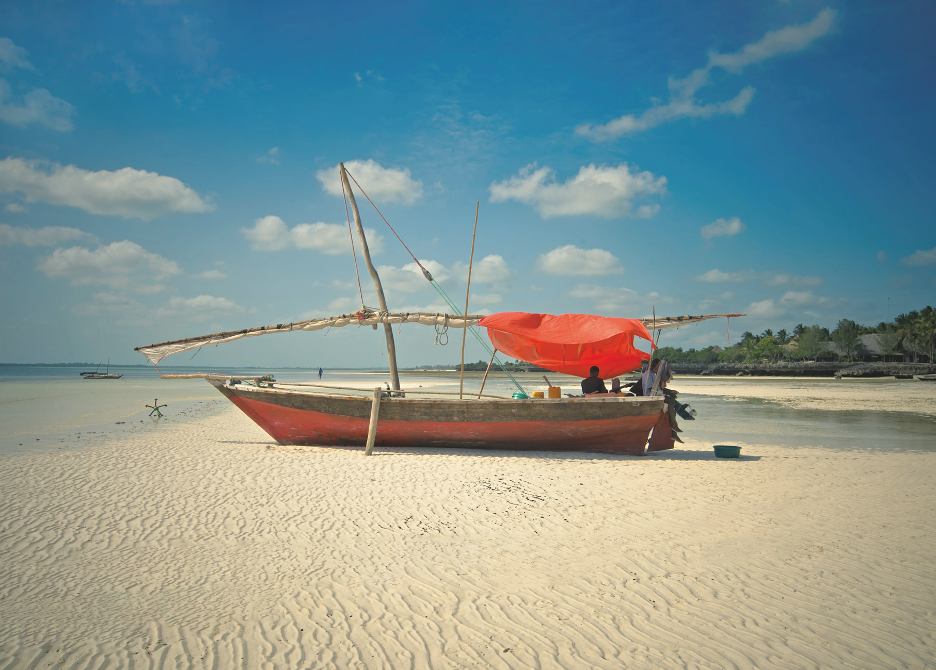
Zanzibar's strategic location, which brings together many cultures, add richness to the island’s cuisine. As Arab traders from the Middle East, Portuguese occupiers and immigrants from India left their influence on the food culture, a very colorful culinary experience emerged. Spices from the Middle East and Indian cuisine, delicious tropical fruits grown on fertile soils and Zanzibar's unique seafood come together to enrich both the street food culture and restaurant experiences of Zanzibar.
In Zanzibar, which has mild climate conditions throughout the year, the temperature rarely drops below 22°C. The temperatures rising to around 32°C in January-February make this an attractive destination for those who want to spend their New Year holidays in warm climates. The time periods extending from the end of December to February and from June to October are the rainless season. In the very light rainy season it, which covers April and May, the low number of visitors during these periods make the island attractive for those who want to have a quiet and peaceful holiday.



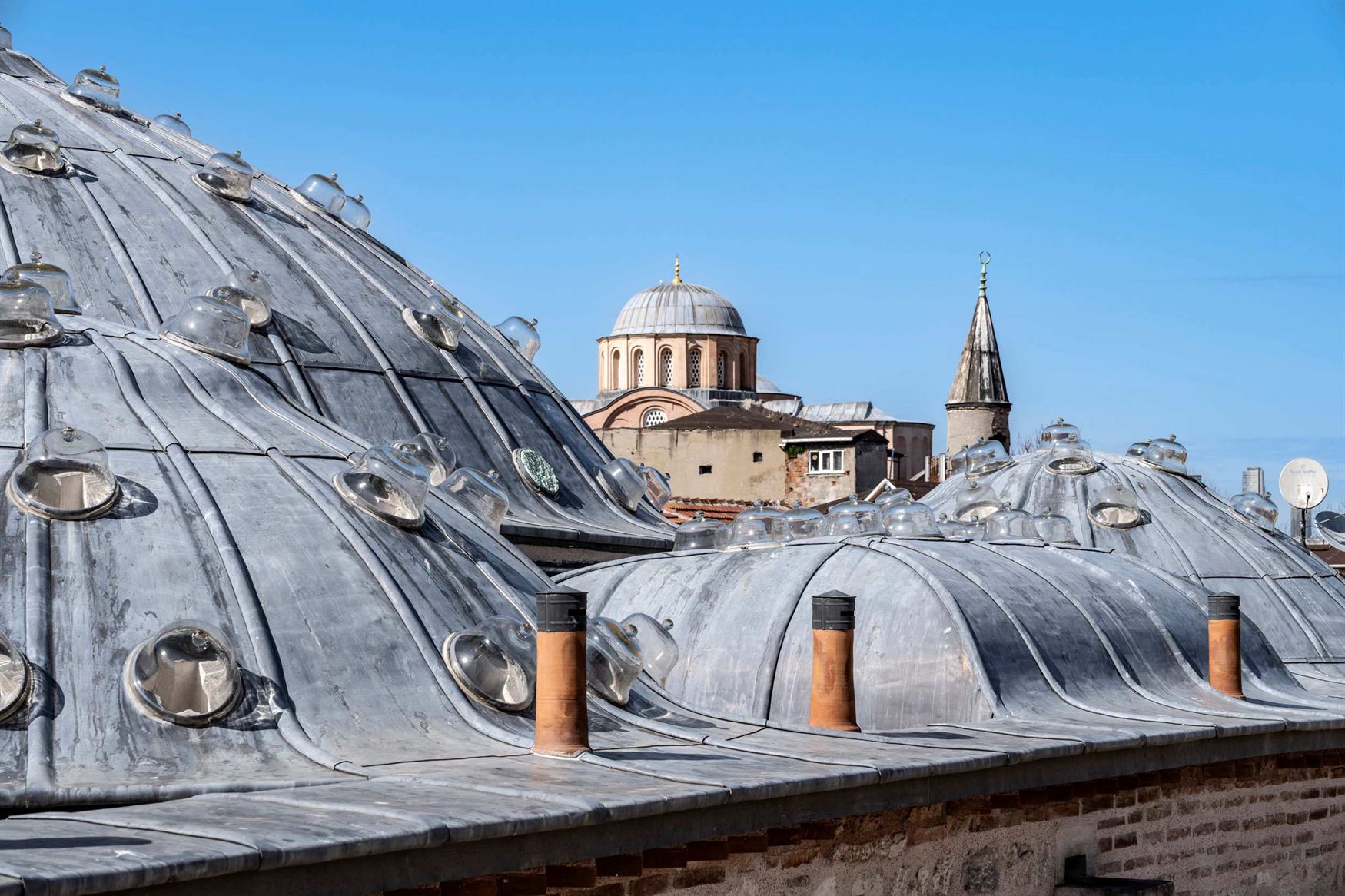
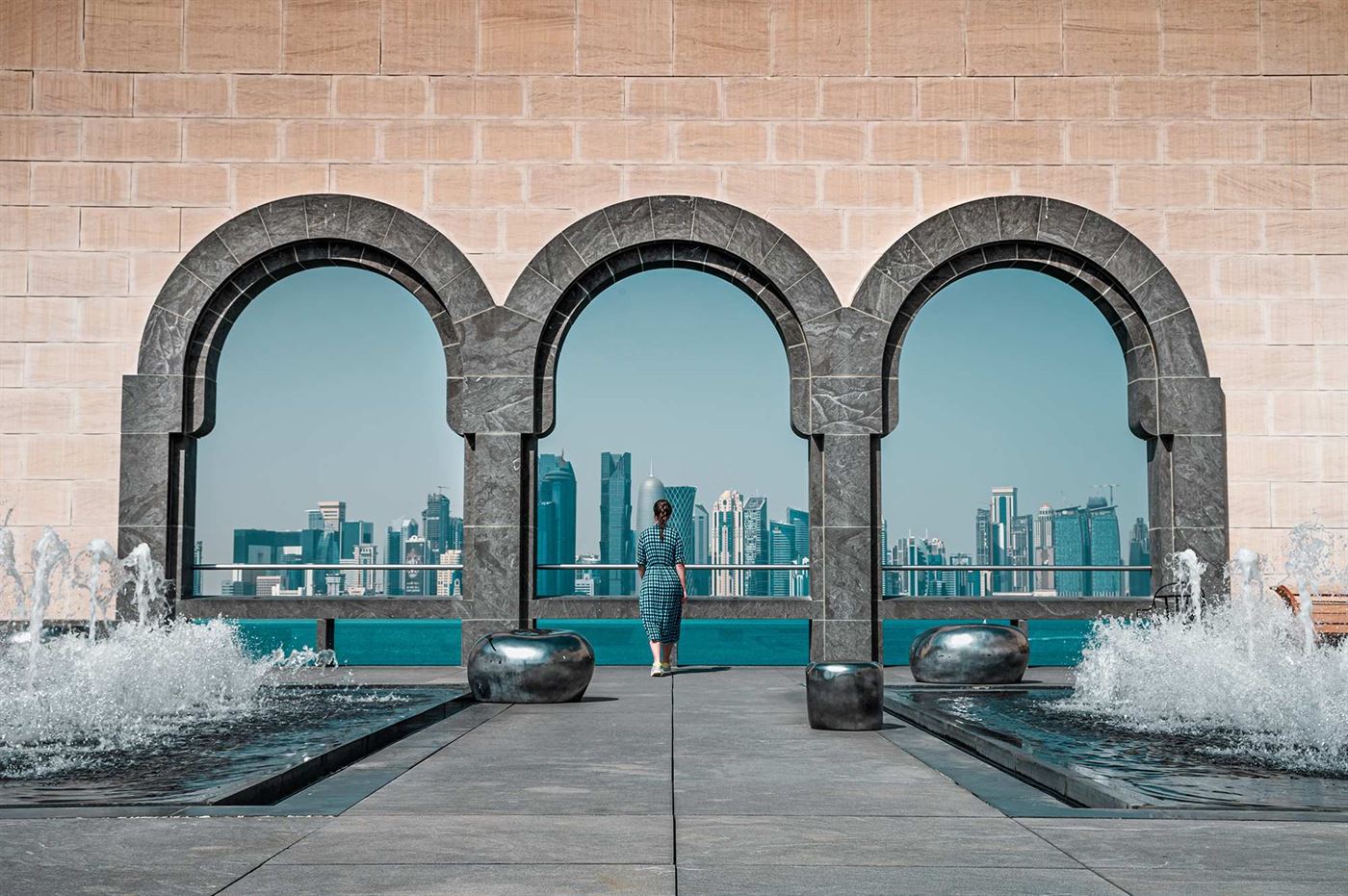

Comments